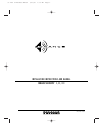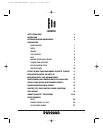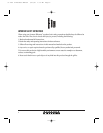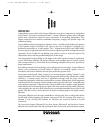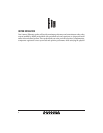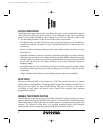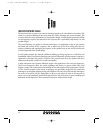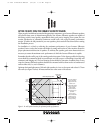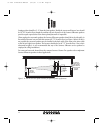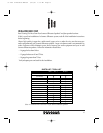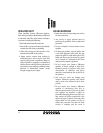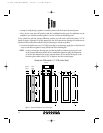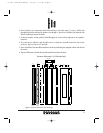
10
CROSSOVER NETWORK DESIGN
The function of the crossover is to route the incoming signals to the intended driver locations. This
results in a cohesive blending of the sound from the woofer, midrange and tweeter elements. The
crossover affects the entire performance of a loudspeaker design.An ideal speaker possesses both flat
on-axis frequency response and smooth off-axis response; this is particularly important for in-wall
speaker designs.
The sound character of a speaker in a home environment is a combination of the on-axis, and the
horizontal and vertical off-axis responses. Due to reflections off the floor, ceiling, side and rear
surfaces, evaluating and engineering the response of the speaker both on-axis and off-axis become
critical components of the overall design.
In-wall speaker designs also have the additional challenge of being mounted in a wall which can
immediately reflect sound into the listening room.Sonance Silhouette’s off-axis frequency response is
optimized to eliminate that specific coloration. The sound directly from the speaker and those
reflected are all equally critical to the overall sound quality.
A major innovation in the Sonance Silhouette design is the application of low crossover frequencies.
These lower frequencies allow the woofer, midrange and tweeter to operate within their ideal
frequency ranges.The result produces the ideal flat on-axis and smooth off-axis performance.The low
135 Hz crossover frequency from woofer to midrange was specifically designed for the woofer and
midrange to work together without exciting wall vibrations.The crossover point from the midrange to
the tweeter is located at 2150 Hz. High quality 18 dB per octave slopes are used on all crossovers to
ensure correct and unaffected interaction between drivers with an increase in power handling and
maximum vertical dispersion.Three separate PC boards are utilized for the design.
33-1823 Silhouette Manual 2/16/00 1:36 PM Page 10



